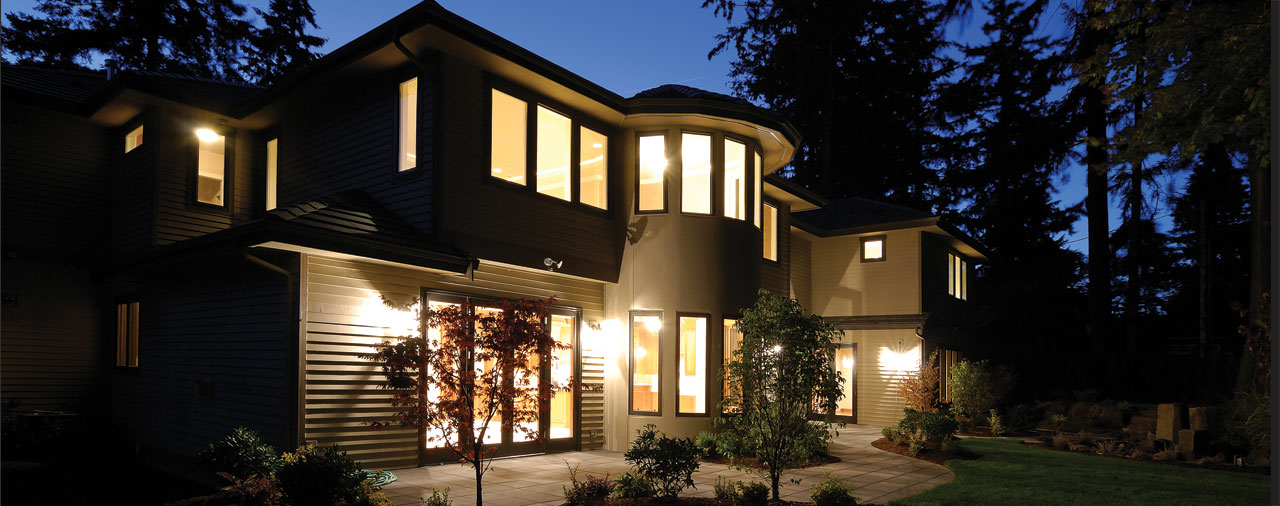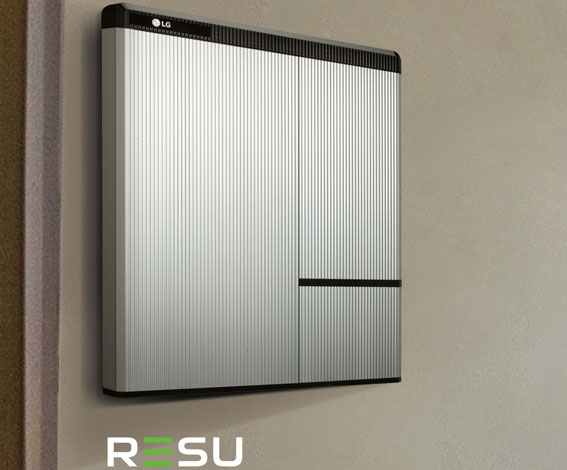
Storage & Batteries
Keep the Lights On!
Battery technology is moving ahead in leaps and bounds and many say that it is the next big game changer for the energy industry. We are not talking about traditional lead acid batteries stacked in large banks that take up a lot of space. Grid-connected storage solutions feature sleek high voltage units like the LG Chem RESU pictured adjacent. The primary purpose of these systems is to store solar energy that can be accessed when needed – either at night or on rainy days when the solar system is not producing or during a power outage when the grid is down. Those who can net meter and send additional power out to the grid for credits basically already have a storage system for times when the sun isn’t shining, but they do not have access to their solar power during a power outage unless they have a storage system or a generator. For those with zero export systems who cannot net meter because the grid is full in their area, storage is a stronger investment because it is often used on a daily basis to cover electrical loads when the solar is not producing. If you are on time-of-use pricing, it can also be used for what is called peak shaving or energy arbitrage – use your stored battery power during on-peak time periods when you pay the most for electricity.
Critical Loads Backup
One of the biggest misconceptions about renewable energy storage for grid-connected properties is that a single unit like a 10 kWh LG Chem RESU can back-up the entire house for 24 hours or maybe even longer (similar to whole home generators). This is not the case for most of these units, and particularly not in rural areas where energy needs tend to be higher due to well and sump pumps, geo-thermal heat pumps, etc. The storage unit is connected to a critical loads sub-panel where, based on the capacity of the battery, you determine what is most important to back-up. Some people decide to install multiple storage units if their budget permits. Keep in mind that the battery will only last so long and if the sun isn’t shining to replenish it, you will be out of power. This is why incorporating a generator may still be a good option, especially in Ontario where solar panels can often be covered in snow for long periods.
The Bottom Line
Greater energy independence is a key goal for many people. They want the security and convenience of the grid together with a storage unit. Everyone has different energy needs and tolerances for when the grid is down. We spend a considerable amount of time here at Blackline Power investigating and evaluating storage systems and we have training in the majority of them. The dust is still settling. Many of our preferred solutions are not available in Canada yet as they either haven’t been released or jurisdictions like California take precedence. We can install storage now if desired, but in many cases, we think it is more important to ensure the solar system we design can incorporate storage in the near future. Like any large investment, seek advice and rely on professionals who have the required knowledge and training.
Next Steps?
Contact us to discuss your solar options and request an estimate.
Browse our portfolio of projects. We list an interesting fact about each site that may shed some light on your situation.
Visit our FAQ page to learn more.

